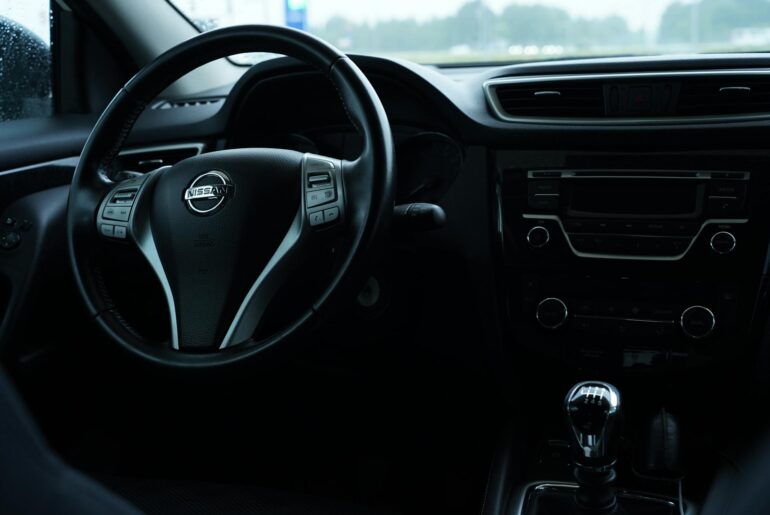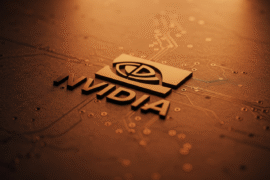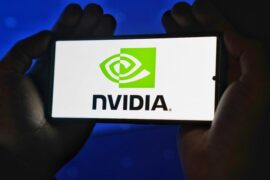This article may contain references to products or services from one or more of our advertisers or partners. We may receive compensation when you click on links to those products or services. Nonetheless, our opinions are our own.
The information presented in this article is accurate to the best of our knowledge at the time of publication. However, information is subject to change, and no guarantees are made about the continued accuracy or completeness of this content after its publication date.
In December 2024, Nissan and Honda signed a memorandum of understanding to explore merging by 2026—alongside Mitsubishi Motors—to create what would have been the world’s third-largest automaker (Wikipedia). However, the deal collapsed by February 2025 after Honda proposed turning Nissan into a subsidiary rather than continuing as equal partners, a move that Nissan declined (Kyodo News).
Honda has signaled it is open to resuming merger discussions, but only on the condition that Nissan’s CEO, Makoto Uchida, steps down—highlighting how leadership direction remains central to future negotiations (Investopedia).
- Evaluating the Financial Health of Both Automakers Before Reigniting Talks
- Exploring the Role of Sustainability and Innovation in Merger Discussions
- Recognizing Cultural Integration Challenges That Could Impact the Partnership
- Establishing Clear Objectives: What Both Brands Must Seek to Achieve
- Summary
- Recommended Reads
Evaluating the Financial Health of Both Automakers Before Reigniting Talks
By early 2025, Nissan was dealing with unexpected quarterly losses, declining revenue, and slow progress in restructuring. In contrast, Honda maintained stronger financial health due in part to its hybrid and motorcycle segments (Business Insider).
Nissan announced a plan to cut 9,000 jobs, close factories, and reduce global production capacity by 20%, aiming to save up to ¥800 billion by fiscal 2026 (Wall Street Journal). Meanwhile, Honda moved forward with a ¥1.1 trillion stock buyback and ambitious operating income goals tied to any integration plan (Investopedia).
Exploring the Role of Sustainability and Innovation in Merger Discussions
The core motivation behind merger talks was to remain competitive in the electric vehicle and autonomous driving markets, especially against major rivals such as Tesla and BYD. Honda sought to take advantage of Nissan’s SUV platform and factory infrastructure, while Nissan could benefit from Honda’s hybrid powertrain leadership (SAN News).
While the merger did not proceed, both companies agreed to continue joint development in EV software and autonomous mobility through a formalized partnership (The U.S. Sun).
Voted "Best Overall Budgeting App" by Forbes and WSJ
Monarch Money helps you budget, track spending, set goals, and plan your financial future—all in one app.
Get 50% OFF your first year with code MONARCHVIP
Recognizing Cultural Integration Challenges That Could Impact the Partnership
Cultural and organizational challenges played a significant role in derailing the merger. Nissan’s reluctance to accept subsidiary status was rooted in internal concerns about independence, layoffs, and plant closures. Honda, in turn, became increasingly frustrated with the pace of Nissan’s restructuring and its approach to hybrid technology strategy (Reuters, Motor1).
Establishing Clear Objectives: What Both Brands Must Seek to Achieve
The merger, if completed, would have aimed for ¥3 trillion in annual operating profits and ¥30 trillion in total sales, placing the combined group among the global industry leaders (Wikipedia, Investopedia).
To better understand the stakes, here is a table summarizing the pros and cons of a potential Nissan-Honda merger:
| Pros | Cons |
|---|---|
| Enhanced EV and hybrid development capabilities | Cultural and leadership clashes |
| Improved scale for global manufacturing and logistics | Risk of job cuts and plant closures |
| Shared R&D investment and reduced duplication | Governance concerns, especially over CEO control |
| Competitive positioning against global giants (Tesla, BYD) | Possible brand dilution and integration delays |
| Opportunity for long-term operational cost savings | Previous failed alliance experiences, including with Renault |
Summary
Yes, a Nissan-Honda merger remains possible, but only if CEO Makoto Uchida steps down—a condition firmly expressed by Honda leadership (Financial Times).
Nissan continues to face significant financial challenges and internal restructuring, while Honda operates from a more stable fiscal position. Both companies are aligned in pursuing innovation in EVs and autonomous vehicles, but past disagreements over strategy and governance have created substantial roadblocks.
Leadership credibility, especially at Nissan, remains a defining factor in whether a revived deal can move forward.

Reviewed and edited by Albert Fang.
See a typo or want to suggest an edit/revision to the content? Use the contact us form to provide feedback.
At FangWallet, we value editorial integrity and open collaboration in curating quality content for readers to enjoy. Much appreciated for the assist.
Did you like our article and find it insightful? We encourage sharing the article link with family and friends to benefit as well - better yet, sharing on social media. Thank you for the support! 🍉
Article Title: Nissan an Revive Honda Merger Talks on One Condition
https://fangwallet.com/2025/08/06/nissan-an-revive-honda-merger-talks-on-one-condition/The FangWallet Promise
FangWallet is an editorially independent resource - founded on breaking down challenging financial concepts for anyone to understand since 2014. While we adhere to editorial integrity, note that this post may contain references to products from our partners.
The FangWallet promise is always to have your best interest in mind and be transparent and honest about the financial picture.
Become an Insider

Subscribe to get a free daily budget planner printable to help get your money on track!
Make passive money the right way. No spam.
Editorial Disclaimer: The editorial content on this page is not provided by any of the companies mentioned. The opinions expressed here are the author's alone.
The content of this website is for informational purposes only and does not represent investment advice, or an offer or solicitation to buy or sell any security, investment, or product. Investors are encouraged to do their own due diligence, and, if necessary, consult professional advising before making any investment decisions. Investing involves a high degree of risk, and financial losses may occur including the potential loss of principal.
Source Citation References:
+ Inspo
There are no additional citations or references to note for this article at this time.












































